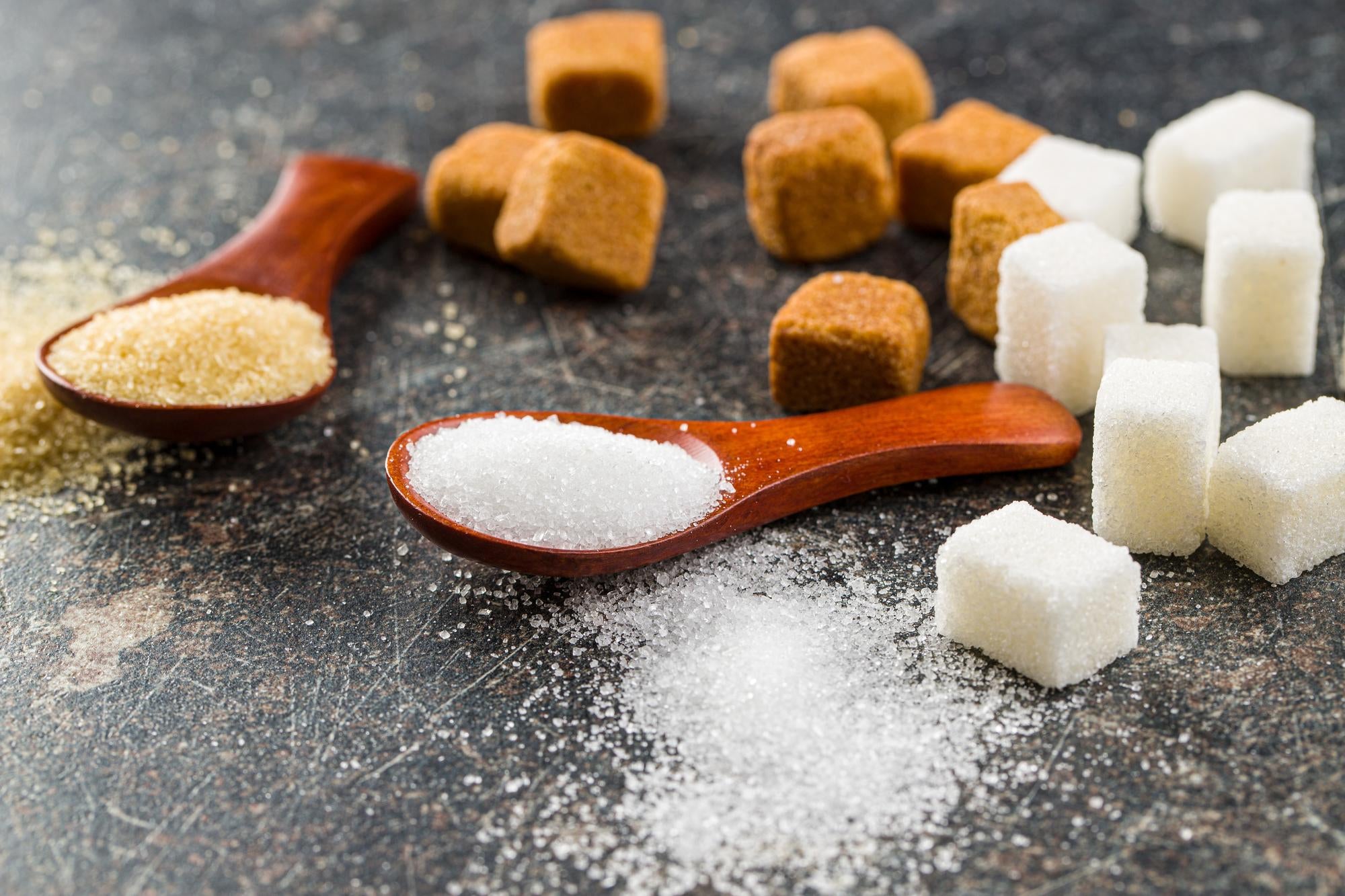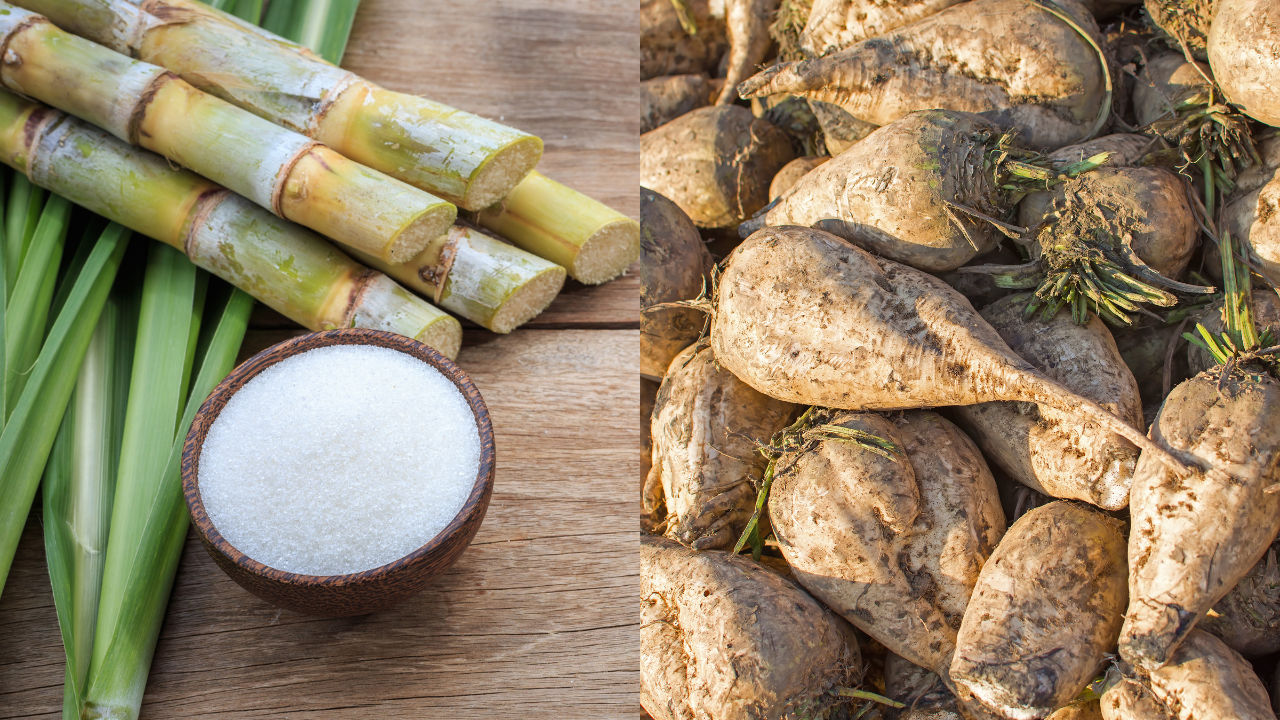Discover the Uses and Perks of Beet Sugar Vs Cane Sugar in Your Daily Diet
Checking out the distinct qualities of beet and cane sugar discloses greater than simply their sweetening capabilities; it highlights their special effect on health and wellness and cooking arts. Beet sugar, known for its refined taste, is usually favored in fragile treats, whereas cane sugar, with its hint of molasses, adds splendor to durable dishes. Each kind holds its own nutritional account and glycemic implications, inviting a much deeper understanding of their duties in a balanced diet regimen and sustainable consumption methods.
Beginning and Production Processes of Beet and Cane Sugar

The distinctive climates and dirt kinds needed for growing sugar beetroots and sugarcane add to differences in their growing techniques and geographic distribution, influencing the economics and sustainability of their manufacturing. beet sugar vs cane sugar.
Nutritional Contrast In Between Beet Sugar and Cane Sugar
Despite originating from different plants, beet sugar and cane sugar are nutritionally very similar, both mostly containing sucrose. Each gives about 4 calories per gram, translating to approximately 16 calories per teaspoon. Structurally, both sugars are composed of about 99.95% sucrose, with marginal quantities of various other materials like moisture and trace minerals, which do not substantially change their dietary accounts.

Ultimately, when choosing between beet sugar and cane sugar based on nutritional material alone, both offer similar advantages and disadvantages as they are basically types of the very same particle-- sucrose, offering fast power without other nutrients.
Effect On Health: Glycemic Index and Caloric Content
Exploring additionally into the results of beet sugar and cane sugar on health and wellness, it is important to consider their glycemic index and calorie content. The glycemic index (GI) of both beet and cane sugar is around 65, classifying them as high-GI foods, which can cause fast spikes in blood glucose degrees.
Each kind of sugar has about 4 calories per gram, making their calorie material matching. For those checking caloric consumption, particularly when managing weight or metabolic health and wellness problems, comprehending this equivalence is vital (beet sugar vs cane sugar). Excessive intake of any high-calorie, high-GI food can add to health and wellness problems such as obesity, heart condition, and insulin resistance.
Environmental and Economic Considerations of Sugar Manufacturing
Beyond health effects, the production of beet and cane sugar additionally raises substantial environmental and financial problems. Sugar beet growing often tends to call for cooler climates and has a lower geographical footprint contrasted to sugar cane, which grows in tropical areas. Nonetheless, both plants are extensive in terms of water usage and land profession, possibly leading to deforestation and water shortage. Financially, the worldwide sugar market is very unpredictable, affected by modifications in global trade policies and subsidies. Numerous nations incentivize sugar production through financial backing, skewing market costs and influencing continue reading this small farmers adversely.
Additionally, the use of pesticides and plant foods in both beet and cane sugar farming can lead to dirt destruction and contamination, additional affecting biodiversity and regional water bodies (beet sugar vs cane sugar). The choice between read this article cultivating sugar beet or cane typically depends upon local environmental conditions and economic variables, making the sustainability of sugar manufacturing a complicated issue
Culinary Applications and Taste Distinctions
While the ecological and financial elements of sugar production are without a doubt considerable, the option in between beet and cane sugar likewise influences culinary applications and flavor profiles. Beet sugar, derived from the sugar beet plant, is known for its incredibly neutral taste.
Walking stick sugar, extracted from sugarcane, usually keeps molasses traces, which impart an unique splendor and depth. This mild molasses flavor improves the intricacy of baked products, sauces, and sauces. It is particularly preferred in items where a sugar touch is desired, such as in brownies or gingerbread. The slight variation in wetness material between beet and cane sugar can impact the structure and uniformity of dishes, making cane sugar a preferred option for certain dishes that profit from its distinct buildings.

Verdict
To conclude, both beet and cane sugar have unique origins and production procedures, offering comparable nutritional accounts with slight distinctions in salt material and taste. While their impact on health and wellness, particularly regarding glycemic index and calories, is similar, the option in between them frequently boils down to environmental, financial factors, and particular culinary demands. Recognizing these elements can guide click reference consumers in making notified decisions that straighten with their wellness objectives and taste choices.